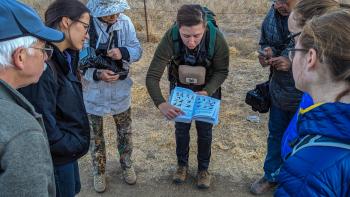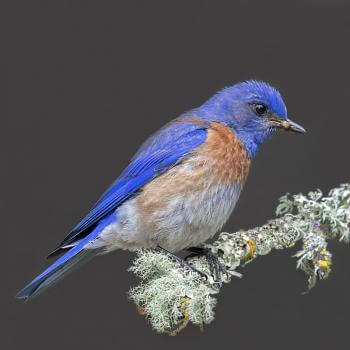
Environmental Learning
Environmental Education
Free Programs and Events
The Open Space Authority offers a variety of free in-person and virtual educational programs and events to help connect the residents of Santa Clara Valley to nature.
Our Strategies Include:
- Working with partners, including youth organizations, schools and organizations funded by the Urban Grant program to support environmental education programs.
- Identifying opportunities for educational interpretation signage at Open Space Authority preserves.
- Developing educational materials to be available online.
- Providing training to volunteers and docents relevant to interpretive programs.

